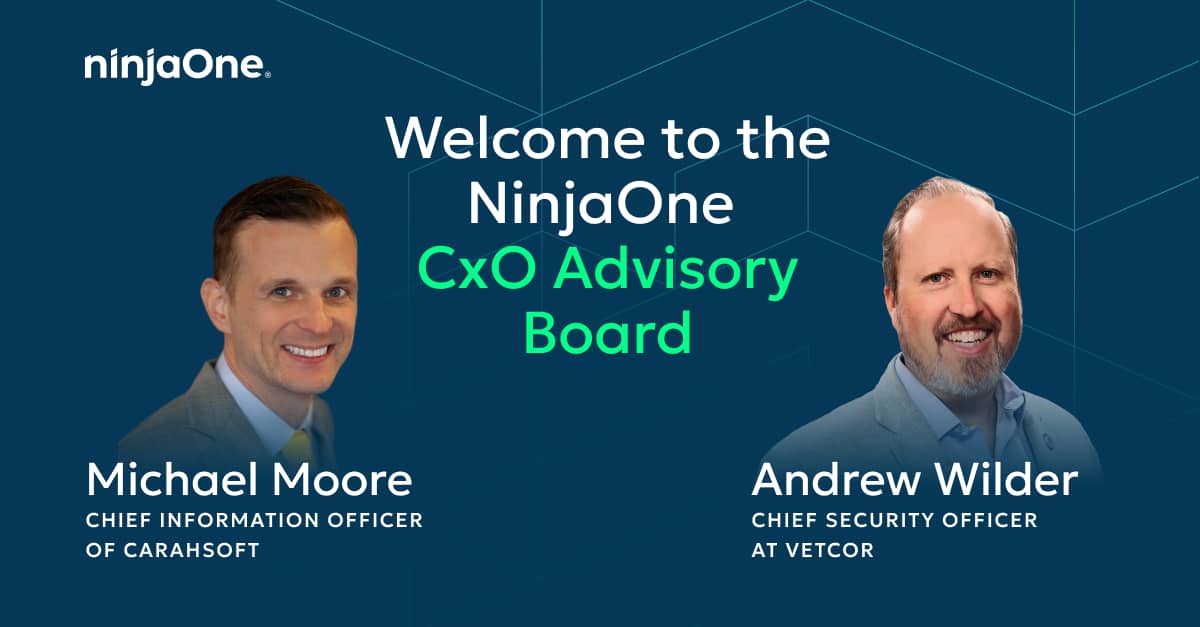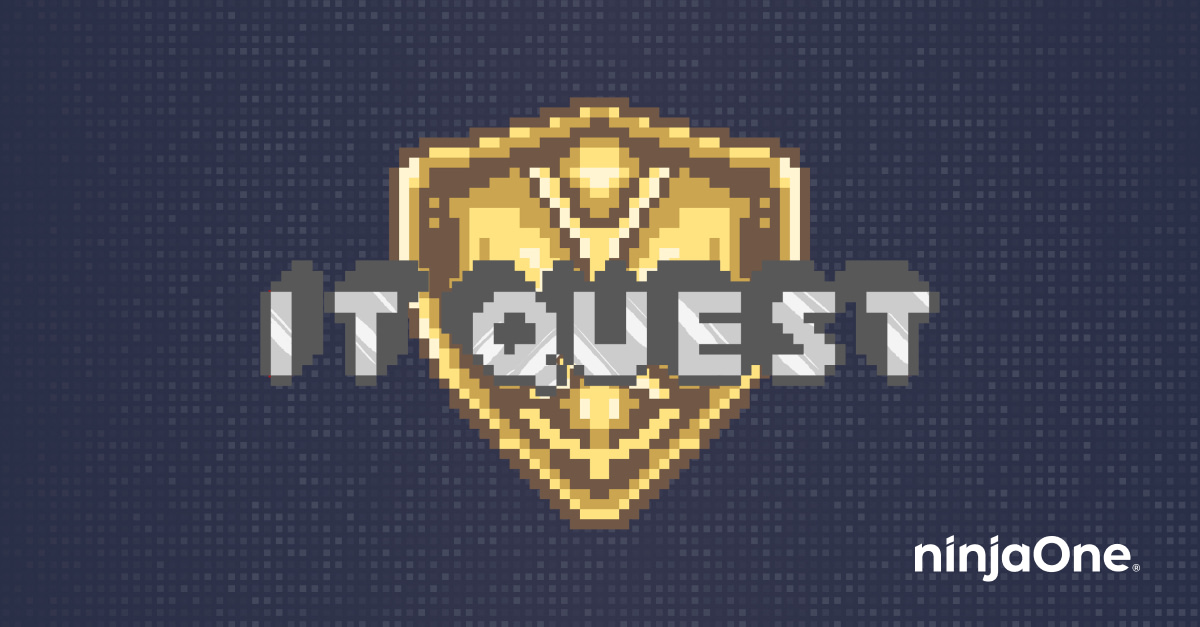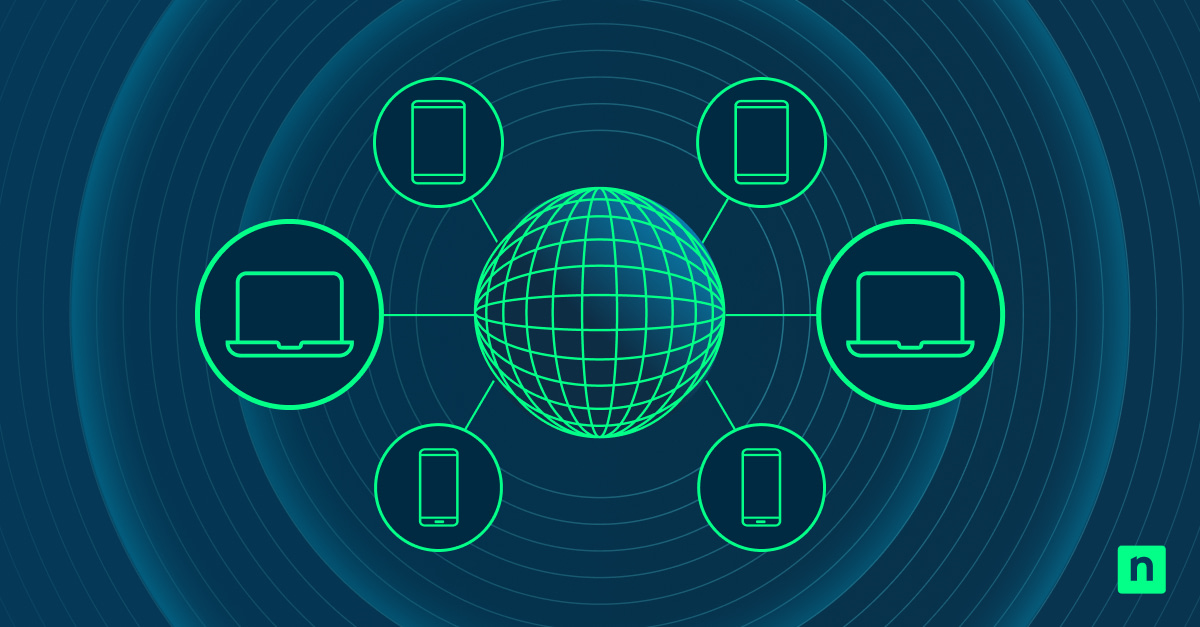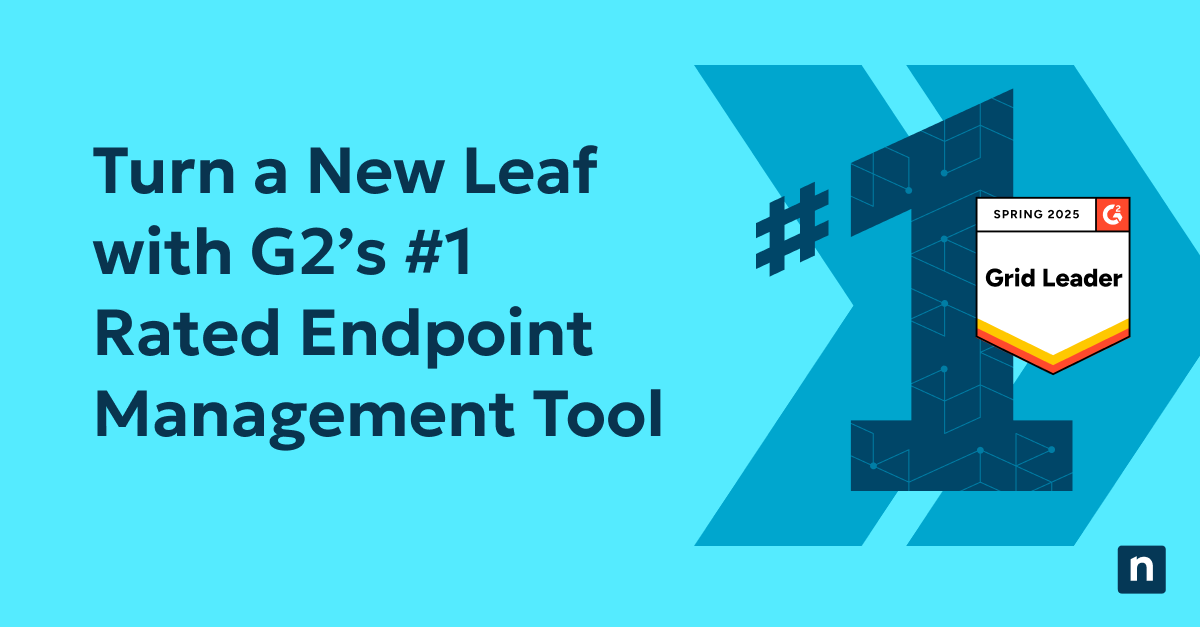Meet an MSP who was willing to turn his back on 25% of his revenue by saying goodbye to his worst clients. His only regret is he didn’t do it sooner.
Ivan was tense. He was about to have an uncomfortable conversation with one of his oldest and most problematic customers. The topic of discussion was all too familiar — there was another disagreement about payment that needed sorting out. But this time Ivan had documentation on his side. A signed agreement that the customer would pay a call-out charge for his next job.
Thanks to that document, the conversation could really be stripped down to one extremely clear, if potentially awkward, question: Would the customer follow through on what he agreed to do in writing, or would he not?
“He said he wasn’t. And I said, ‘Well, in that case, even though we’ve been working for you for 10 years, I’m afraid I’m going to have to fire you. Thank you very much. I’ll be in touch with the handover documentation. Goodbye.’ And I hung up.”
Ivan was shaking by the end of that call. But once the adrenaline passed, he was left with a fantastic feeling of closure and relief.
“When he refused to pay, that told me we were not going to be able to change that relationship,” Ivan explains. “You can’t work with people like that, who say one thing and do another. Who lie to you and try to manipulate and take advantage of you. At that point we had a clear decision to make. Were we going to continue to allow ourselves to be bullied by these types of customers? Or had we decided that we’d had enough?”

In this edition of NinjaOne’s “MSP Zen” series we’re exploring the unthinkable — firing your customers. On the face of it, it’s a concept that seems blatantly counterproductive. The obvious goal of any growing business is to acquire customers, right? Why on earth would you want to show any of them the door?
As we’ll see, not only is firing customers not counterproductive, in certain cases it’s actually just good common sense. To explain why, and to walk through how to do so effectively, let’s go back to Ivan.
At the time of that phone call, Ivan was getting by as a one-man IT shop with one additional part-time employee. He was starting to see traction, but he was also still mired in break/fix work with clients exactly like the one he just described firing. He knew he needed to make the leap to more profitable work offering managed services to more mature clients, but he felt stuck. So he had hired a business coach, who promptly told him to do two things:
- Raise his prices.
- Assign his customers grades from A to D, with A’s being his best customers and D’s being his nightmare clients. He should then conduct outreach to try moving each of his non-A clients up a grade. If, at the end, he still had D clients, he should fire them.
So that’s what Ivan did.
Step 1: Assigning Grades to Customers
To help with grading his customers, the business coach provided a matrix. Essentially, however, the evaluation boiled down to two factors.
First, how good was the customer from a financial perspective? How much revenue were they bringing in, and how did that compare to the costs involved with servicing them?
“If they were very small customers that kind of automatically marked them down a notch or two,” Ivan explains. “Because of the amount of overhead involved with servicing any client — in terms of tech time, administration, invoicing, etc. — it’s simply not as profitable to service small customers.”
Second, how healthy was the relationship with the customer? Did they pay on time? How much did they personally value Ivan and the service he was providing? Did they see him as a trusted advisor, and were they receptive to his recommendations? Or did they see him as simply another cost to be undercut?
“Under that criteria, ‘Grade A’ clients are ones who we don’t have to quibble with over payment, who happily pay for hardware up-front,” Ivan says. “They follow our processes for raising tickets. They will call us when one of their printers stops behaving rather than wait until they’ve all stopped behaving, and then panicking because it’s an emergency. They treat us as an internal resource rather than this opposing contractor constantly trying to sell to them across the table.”
On the other end of the spectrum are your ‘Grade D’ clients. “They’re the ones who won’t spend any money, who quibble over everything, and who are a general pain in the ass,” Ivan explains. In truth, you don’t need a matrix to know who they are. “You’ll set something up for them and then they’ll get their nephew to go fiddle with it. And guess what? It doesn’t work afterwards, and then it’s your fault. That kind of nonsense. Now you get a call from them at 10:00 at night, and you know what they’re going to be asking you to do. It’s, ‘I know I haven’t paid you for three months, but can you come and put out my fire? It’s an emergency.’”
That brings up a third, more informal, criteria Ivan used to grade his clients that you could refer to as the “Caller ID test.” I’ll let him explain.
“If you saw this person come up on your caller display, what would your immediate reaction be? Is it, ‘Hey, this is our great customer. We’re really friendly with him / her. Everything is above board. We’re not going have an argument about payments. They’re up-to-date. They’re ringing to share some good news, like they’ve got new staff joining and need new machines, or they’ve got a new project.’”
“That’s a call from an ‘A’ customer. I’m looking forward to that call. Those are the calls I want. They’re happy. They’re friendly. They’re engaging. They make you smile before you even answer the phone.”
“On the other end, you’ve got a ‘D’ customer’s ID showing up. That’s when your reaction is, ‘Oh, God. Please, will someone else take that call? I really don’t want to have to deal with these people anymore.’”
“If you saw this person come up on your caller display, what would your immediate reaction be?”
You’ll likely have no trouble distinguishing between A and D customers. The differences there are clear. The differences between A’s and B’s and B’s and C’s, though, can be more subtle.
Ivan breaks down potential reactions to a backup upgrade recommendation as an example.
“Let’s say we tell our clients, ‘Do you know what? The backup system we put in place for you five years ago isn’t bad, but you probably ought to think about replacing and upgrading with something more clever.’”
“An A client’s response might be, ‘Oh, that’s quite interesting. Well, send me a proposal of what you think, and then we’ll have a look at it, and maybe we’ll put it in next year’s budget.’ We’re acting as that customer’s technology department, their CTO, and they treat us as an integrated internal resource.”
“B clients might say, ‘Well, you sold me this thing five years ago. Why is it no longer fit-for-purpose?’ There will be more selling involved there as we’re still earning our way into being a trusted advisor.”
“The big difference with C clients is you’re not just selling them on your expertise and abilities, you’re having to sell them on the value of investing in IT and doing things right in the first place. Their reaction is likely, ‘Okay, what’s the cheapest option?’”
“With D clients you know which way the conversation is going to go. It’s basically not worth having it. They’re not going to be interested.”

Step 2: Up-leveling Customers and Transitioning Them to Managed Services
With grades assigned to his customers, now it was time to try bumping them each up a notch. For many, that involved moving them from the break/fix model of support they were familiar with to a managed services offering.
“The goal was to reduce the inconsistencies between clients, to get them all on the same tools and ways of doing things,” Ivan says. That would make his life easier and allow him to provide better, more efficient, more scalable service. But how did he get clients on board?
“Educating people about exactly what we were doing for them was half the battle,” Ivan says. “A lot of customers didn’t realize half the stuff we were doing for them.”
“We started by putting more detail into the invoices we were sending them. Rather than just, you know, ‘January support: $100’ or whatever it was, we started to list out that we were doing — active patching, Windows updates, remote monitoring and management, this, that, and the other thing. Then, we started having conversations with them, explaining that when we first started, we were just doing a bit of break/fix. But now here are all the things we’re doing in an effort to make your systems more reliable, lasting, and secure.”
“A lot of customers didn’t realize half the stuff we were doing for them.”
Once Ivan had educated them, he turned his attention to addressing billing.
“We would say, ‘Well, look, your bills on average are this. We’d like to put you on standing order or direct debit. And we’d like you to pay electronically. Because all the things we’ve been describing, there is an ongoing cost to be able to deliver that service. If you don’t pay your bills, obviously we’ve got to pay our supplier bills, and it means that the antivirus we supply to you will have to be disabled because we’re not going to carry it for you.’”
“We started dropping specific examples like that, just little tidbits and reminders to set the tone. And we would also ask, ‘Have you had any serious problems for these machines that we look after?’ If the answer was ‘no,’ then they could see the value. If the answer was ‘yes,’ then that was an opportunity to talk about getting that fixed.”
Ivan explains it was particularly good to have those discussions face-to-face. “I’d say, ‘You know, we haven’t had a sit-down chat about your IT for as long as I can remember. Do you have half an hour next week just to run through where you are, what we’ve been doing for you, and things we know need doing? We want to discuss options and make sure you’re aware of the risks and issues, and talk about what, if anything, you want to have done about it.’”
“We would frame it as an open-ended chat, and by having these interactions we were able turn a lot of our C clients into B’s, and B clients into A’s. There were still some D clients whose response would be, ‘Well, why can’t I still have free antivirus?’ and that simply was not an argument we were going to win. So, in those cases, we had to take the next step.”

Step 3: Firing customers
Customers are the lifeblood of your business. But no customer comes without a cost.
Bad customers aren’t something to suffer lightly. The costs associated with keeping them can be higher and more extensive than you may think.
“There’s a phrase, ‘The way that you do anything is the way that you do everything,’” Ivan says.
“If you run a retail shop, and you allow loads of sketchy people to come in and hang around your shop, what does that say about you and your shop? And what sort of other people does it attract? What sort of attitude do your techs have when they’re dealing with those people all the time?
“You can’t go from helping someone who is shopping for Gucci one minute to dealing with someone who is being abusive and trying to scam you for credit the next. You can’t flip between the two. It puts off other customers. It means you can’t deliver the level of service that you’d like.”
“There’s a phrase, ‘The way that you do anything is the way that you do everything.’”
“If I’ve got a customer on break/fix who won’t pay for an RMM product, there’s a choice I make. Either I supply the RMM at no cost, just because it’s going to make my life easier, or I don’t supply it because they’re not willing to pay for it. But then when that customer does call, I’ve got to ask them to log into something, to do this and this and that. They’ve insisted on making it more difficult and time-consuming for me to help them, which means I can’t be efficient. I can’t scale.”
It was time to cut his unsalvageable D clients loose. Ivan started with his worst, and over a period of months he steadily worked his way up the list. Mostly, the break-ups were handled over emails that were polite, clear, and professional.
It wasn’t easy. And in the short-term, the impact on his bottom line was a little frightening. In firing his worst clients, Ivan watched 25% of his company’s revenue disappear. At the same time, however, he realized those clients had been taking up roughly 40% of his time. With them gone, he was able to redistribute that time more productively. He talked more with his best clients. He got more project work from them as well as more referrals. He devoted time to improving his offering, along with how he was communicating it.
And before long, the results started speaking for themselves. His business flourished.

Fast-forward five-and-a-half years from that first line-in-the-sand phone call. Ivan’s company Astaris now has a staff of eight full-time employees and one part-time employee. They’re working with larger clients who are friendly and engaged. The support they’re providing is better and more profitable. The projects they’re working on are more exciting. Overall, everyone’s happier. Way less stressed out.
Issues do still come up, but when they do customers actually raise tickets. Ivan’s phone isn’t constantly ringing like it used to, and when it does he no longer feels physically sick to his stomach.
“Getting stuck with bad customers doing break/fix is crippling. It means erratic cash flow. It means you can’t scale beyond you and your time. Once the service has been delivered, customers don’t want to pay. They don’t want to invest. You end up mixed up with a load of home users. It’s not a happy shiny space to be in,” Ivan says. “It’s highly competitive, highly price-sensitive, and basically exhausting. And, yeah, you end up cleaning up ransomware infections left, right, and center. I mean, who wants to spend their days doing that?”
“We decided to take ownership over our situation, instead of allowing it to continue taking ownership over us. We chose a different way of running our business, and once we made that choice we committed to it fully. My only regret is not doing it sooner.”
Postscript:
I was inspired to reach out to Ivan after seeing his thoughtful reply to this thread in the r/msp subreddit. Ivan encouraged me to link to the thread and said he’d be happy to answer any questions from other MSPs about this post and his experience. It’s generous people like Ivan (ivantsp) who make r/msp a great resource.
Related reads & resources:
Don’t miss a post in our MSP Zen series
Want more stories like this one? Subscribe to the blog and in addition to growth tips from other MSPs you’ll also receive the latest MSP security alerts delivered straight to your inbox.









